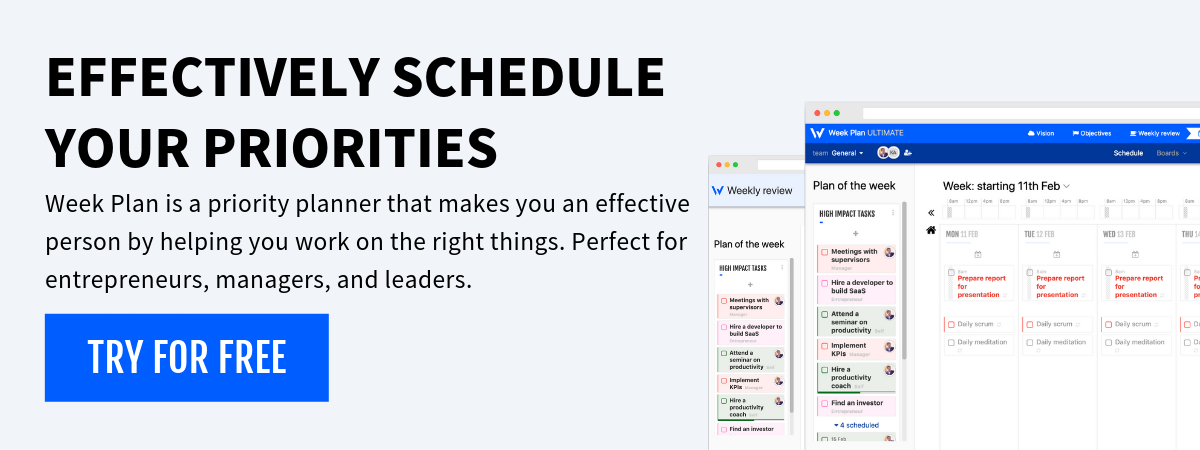Visual Time Planning is a dynamic approach to managing schedules and tasks through visual methods, such as diagrams, charts, and digital tools. This technique helps individuals and teams to see the big picture of their activities, enabling better decision-making and time management. By visualizing tasks and their durations on a timeline or calendar, people can more easily understand their workload, prioritize effectively, and make adjustments as needed. Visual Time Planning is especially useful in project management, daily scheduling, and long-term strategic planning.
Understanding Visual Time Planning
Visual Time Planning converts traditional list-based time management into a more interactive and engaging format. It uses tools and techniques that graphically display time blocks, tasks, deadlines, and progress, making it easier to grasp complex information at a glance.
Key Components of Visual Time Planning
1. Timeline Views
Presenting tasks along a linear timeline to show duration and overlaps.
2. Calendar Integration
Utilizing calendar systems to organize daily, weekly, or monthly tasks visually.
3. Color-Coding
Assigning colors to different types of tasks or priorities to enhance readability and quick understanding.
4. Graphical Task Blocks
Using blocks or bars to represent tasks, adjusting their size and position according to the task’s duration and due dates.
Implementing Visual Time Planning
1. Tool Selection
Choosing the right tools is crucial for effective visual time planning. Tools like a time planner can provide the necessary visual aids such as Gantt charts or digital calendars.
2. Setting Up a Visual Time Plan
Organize the visual elements in a logical and easy-to-understand layout. Ensure that your planning space, whether digital or physical, supports updates and modifications.
3. Integrating Tools
Combine your visual time planning tools with other productivity tools such as a task planner to ensure seamless management of tasks.
4. Regular Review and Adjustment
Visual time plans are most effective when they are reviewed and adjusted regularly to reflect changes and progress.
Benefits of Visual Time Planning
1. Enhanced Clarity
Visual representations help clarify the sequence of tasks and their relative priorities.
2. Increased Productivity
By providing a clear overview of when and where efforts are needed, visual time planning helps individuals optimize their work periods and breaks.
3. Improved Communication
Visual time plans are easier for teams to understand and discuss, leading to better collaborative efforts and less confusion.
4. Effective Time Allocation
Ensures that time is allocated efficiently across tasks, minimizing downtime and maximizing productive output.
Applications and Examples
Project Management
- Project managers use visual time planning to outline the phases, tasks, and milestones of a project, facilitating easy tracking and management.
Personal Organization
- Individuals use tools like productivity planners to visualize their daily or weekly tasks, helping them to stay organized and focused.
Event Planning
- Visual time planning can outline the preparation steps for events, helping coordinators manage time-sensitive tasks leading up to and during the event.
Challenges and Considerations
While Visual Time Planning offers numerous advantages, it also requires accurate data input and regular updating to maintain its effectiveness. Users must be committed to keeping their visual schedules current and reflective of real-world changes.
Conclusion
Visual Time Planning is a powerful approach that can transform how individuals and teams manage their time. By providing a clear, visual representation of tasks and schedules, it enhances understanding, communication, and productivity. As with any method, the key to success lies in choosing the right tools and committing to regular reviews and adjustments. For those seeking to implement Visual Time Planning, exploring integrated planning solutions like those offered at WeekPlan can provide substantial benefits, making it easier to manage and optimize time effectively.

More Posts
3 Productivity Tips to Do More in Less Time
This article will discuss 3 productivity tips that will help you get more done in less time. Why is that important? Or let me ask a better question. Why is productivity important? We...
50 Productivity Hacks You Should Consider
Productivity has become the main concern for organizations and people in later with this exhibition metric standing out enough to be noticed than at any other time. There are plenty of apps and...
7 Best Online Meal Planners (Free & Paid)
Do you find yourself constantly struggling to come up with healthy meal ideas that fit your busy lifestyle? Meal planning doesn’t have to be a daunting task - countless online meal planners can...
10 Best Time Blocking Planner Apps (Free & Paid)
Put an end to all the challenges you face in managing your time; this article will help you find the time blocker planner app that works best for you. Are you looking for...


